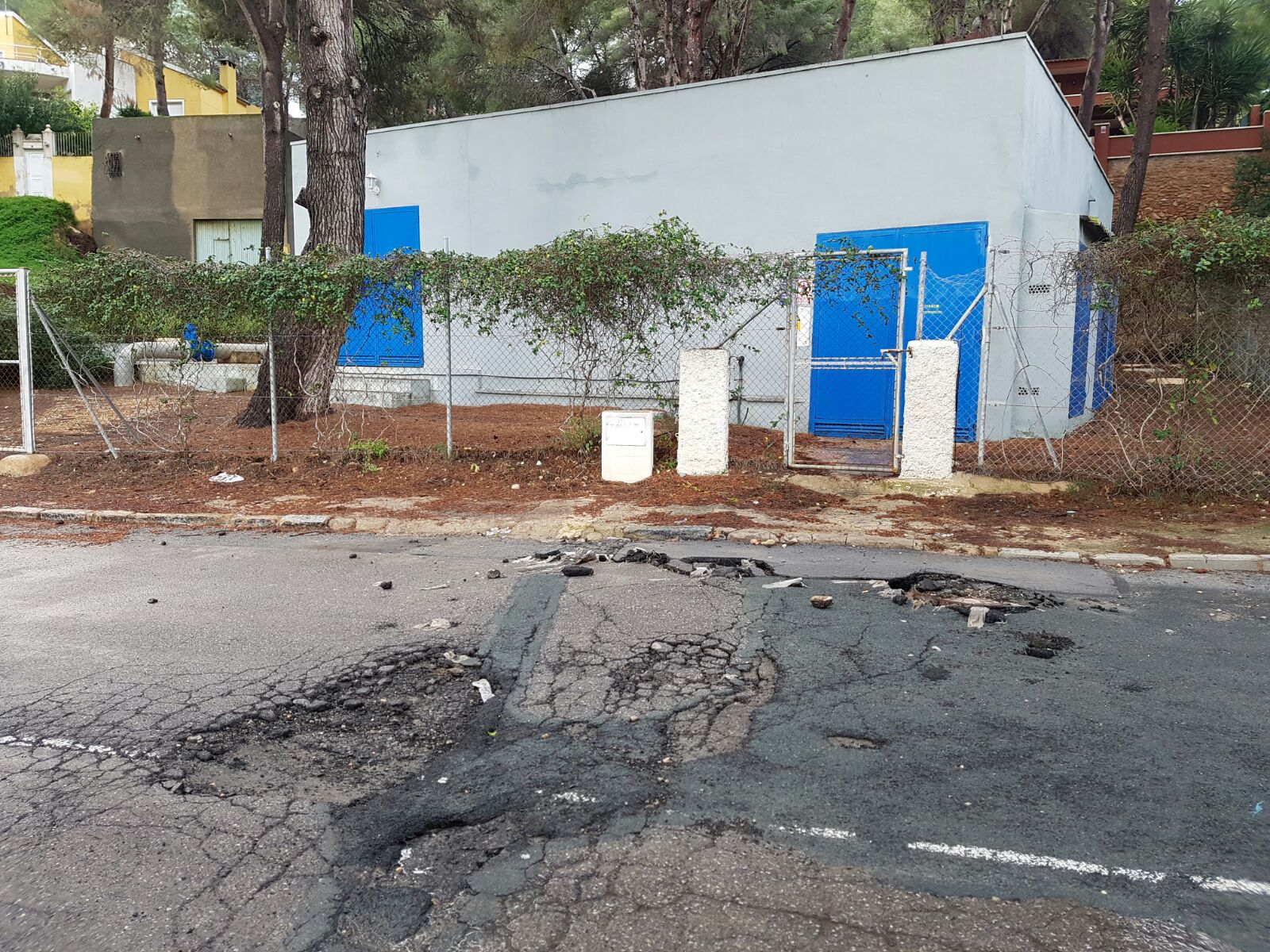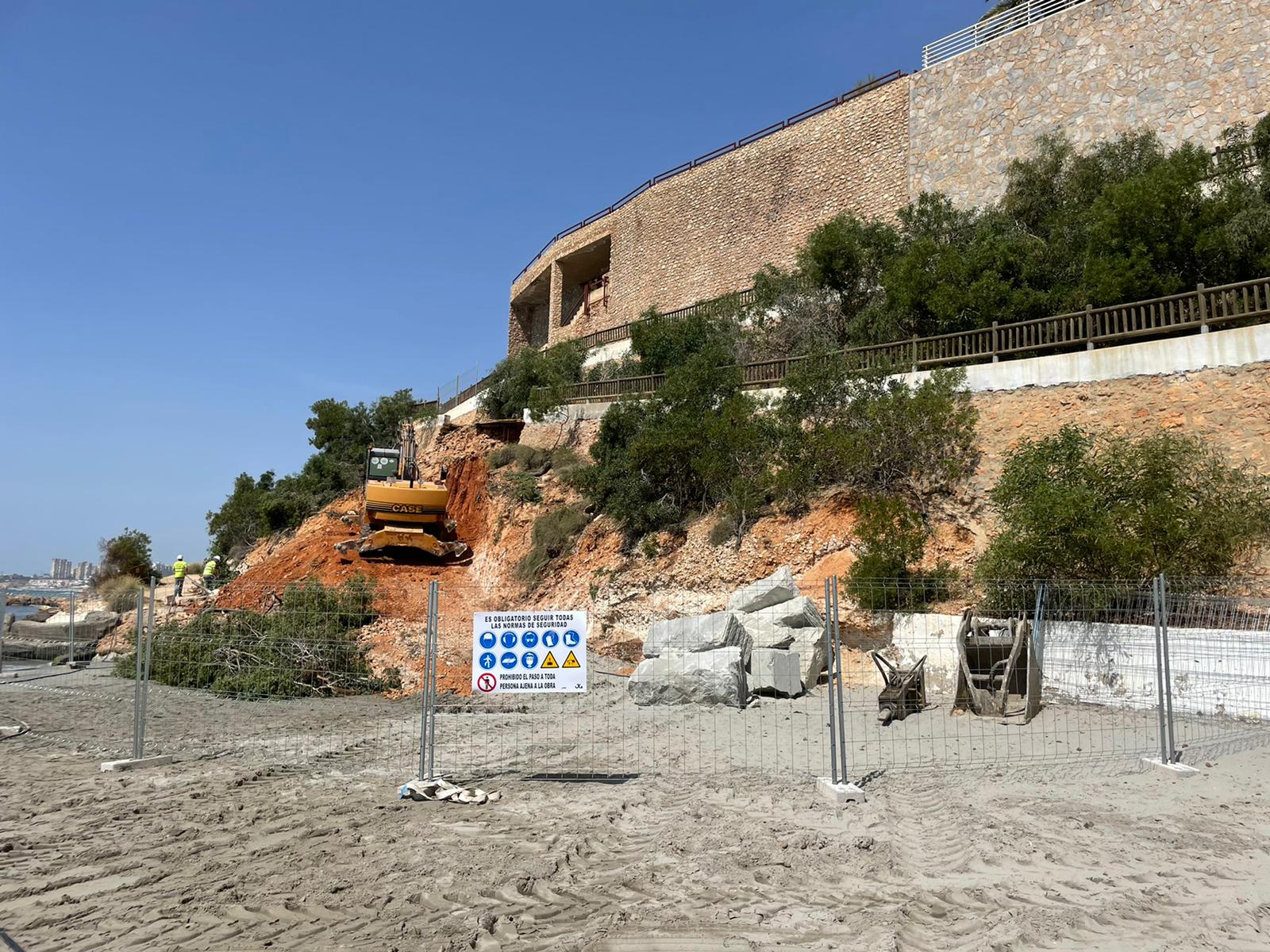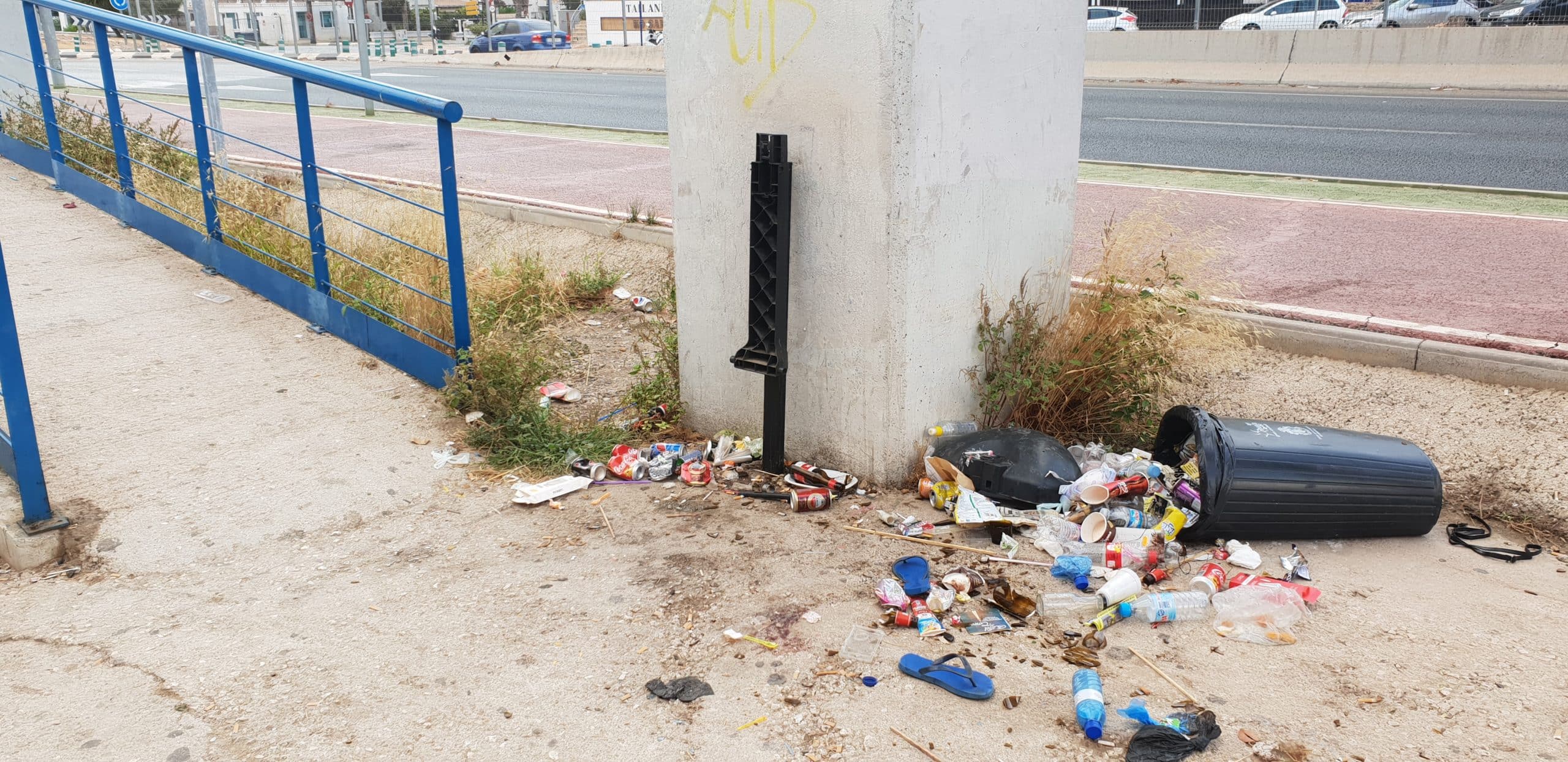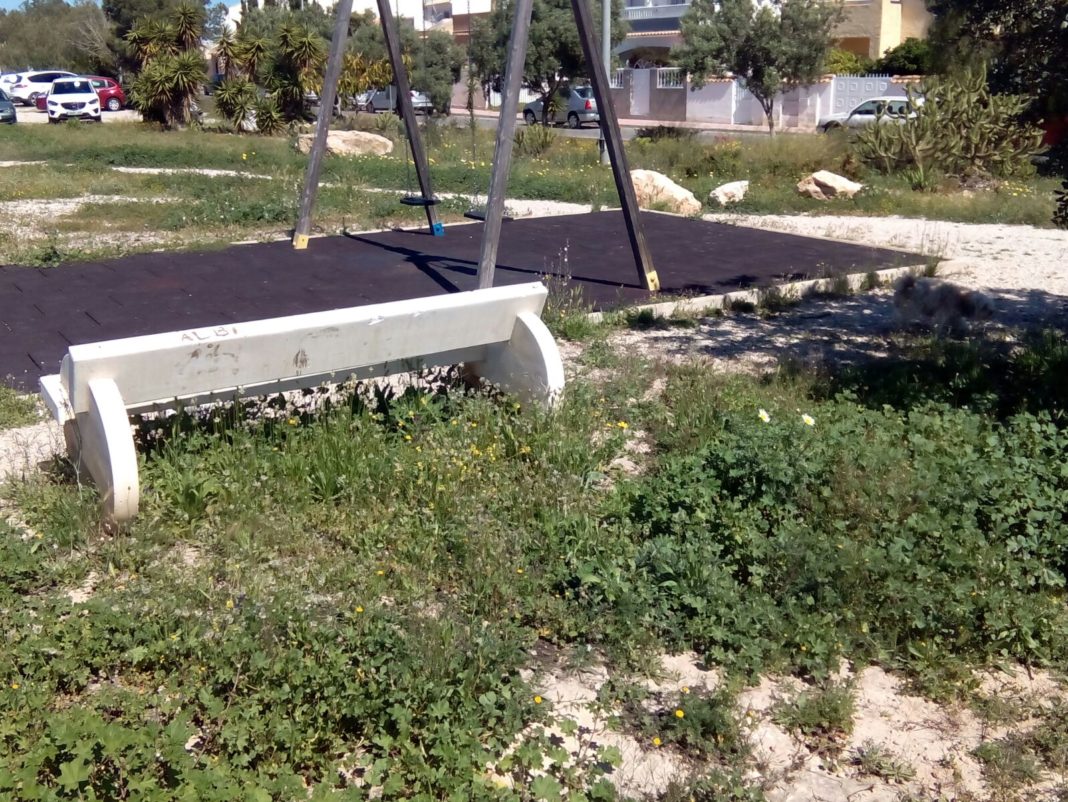The Cabo Roig and Lomas Neighborhood Association has submitted both short and medium-term plans to the new coalition government with many of them said to be necessary prior to the influx of summer tourists.
With elections on the horizon, theAssociation has listed 88 actions to “combat the serious situation of abandonment in which the Orihuela Costa finds itself”, prioritising the measures according to needs: 45 of them are short-term (within the next six months) with the balance of 43 to be executed or, at least, started before the end of the current mandate, in May next year.
40% of the measures, 35 in total, are included in the 2019 electoral programs listed by the parties that form the government, PSOE (14) and Ciudadanos (14), and Cambiemos (7), which supported the motion of censorship.
The document includes “an urgent and coordinated shock plan” in the face of the poor state of many of the streets and beaches, in order to “be ready to face the summer campaign with minimum levels of services” to deal with the arrival of over 100,000 visitors.
Dangerous potholes in more than 15 urbanisations

Repairs to roads and pavements are at the top of the list with many local roads in a terrible condition. The submission demands repairs that are not limited only to patching, with a minimum budget of around 2 million euros. However, the association insists that “if Orihuela Costa is to emerge from the morass in which it finds itself, an average investment of 2 million a year for the next four or five years is necessary”. In fact the report identifies 40 roads where there are dangerous potholes in more than 15 urbanizations.
The plan also refers to the need for ” gradual and continuous clearing in all urbanisations, throughout the entire year, without waiting for the arrival of August’s agricultural laborers, as has been the case in recent years”, in addition to the pruning of palm trees in all residential areas.
In Punta Prima the sand has not been replaced, repairs are urgently required on the cliffs where they suffer continuous landslides, as along the pedestrian walkway from La Caleta to Cala Capitán and in Aguamarina, where the restoration of the micro-reserve pedestrian path has also been requested.
One work currently in progress is the repair the sinkhole on the La Caleta beach promenade in Cabo Roig, which occurred during the torrential DANA storms in September 2019.

Almost three years after the event, and despite the fact that the cost is only a minor amount (47,492 euros), the Department of Infrastructure has finally launched this repair, one of the most demanded actions requested by residents and users.
Once the technical project has been approved, which includes the necessary geotechnical study due to the orography of the land, along with the mandatory authorisation of the Provincial Coastal Service, a 15-meter-long retaining wall will be erected, as well as the replacement of the pedestrian walkway .
Due to the increase in population during the summer, the demand also asks for reinforcements of the Local Police and the staff dedicated to controlling compliance with municipal ordinances such as illegal dumping on public roads, another of the historical problems.

Street cleaning needs far more resources and there needs to be an increase in vehicles and staff allocated to the collection of pruning so as to “avoid the situation of last summer”, when the dirt and litter in most of the streets was highlighted.
There is an “urgent need to replace all broken refuse containers and increase the periodicity and the areas where a manual sweep is carried out, especially in the interior urbanisations, as well as the long awaited Ecopark, to be installed by the Vega Baja Sustainable Consortium on the plot assigned by the municipal Council.
Another urgent measure demanded by residents is a reduction of the danger posed when walking across the bridge over the AP-7, with the installation of speed reducers, lighting and clearing the gutter. Its expansion for pedestrians, who are forced to walk along a hard shoulder just 40 centimetres wide, has been pending since the Lomas de Cabo Roig sector was developed in early 2000.
In the medium term, the document focuses on the development of an industrial estate “as a complement to the current model, based solely on tourism” and expanding the minimal educational facilities that diversifies training, while reflecting the urban excesses of decades, a review of homes that lack certificates of occupancy and are still to be regularised by the builders, as well as a new General Urban Plan that incorporates sustainable growth and gradual regularisation of urbanizations.
Finally the report asks for the creation of a Department of the Coast that will bring the City Council closer to the residents by regular meetings with the associations. With summer just around the corner and with the elections less than 12 months away, the coast has finally raised its voice.





